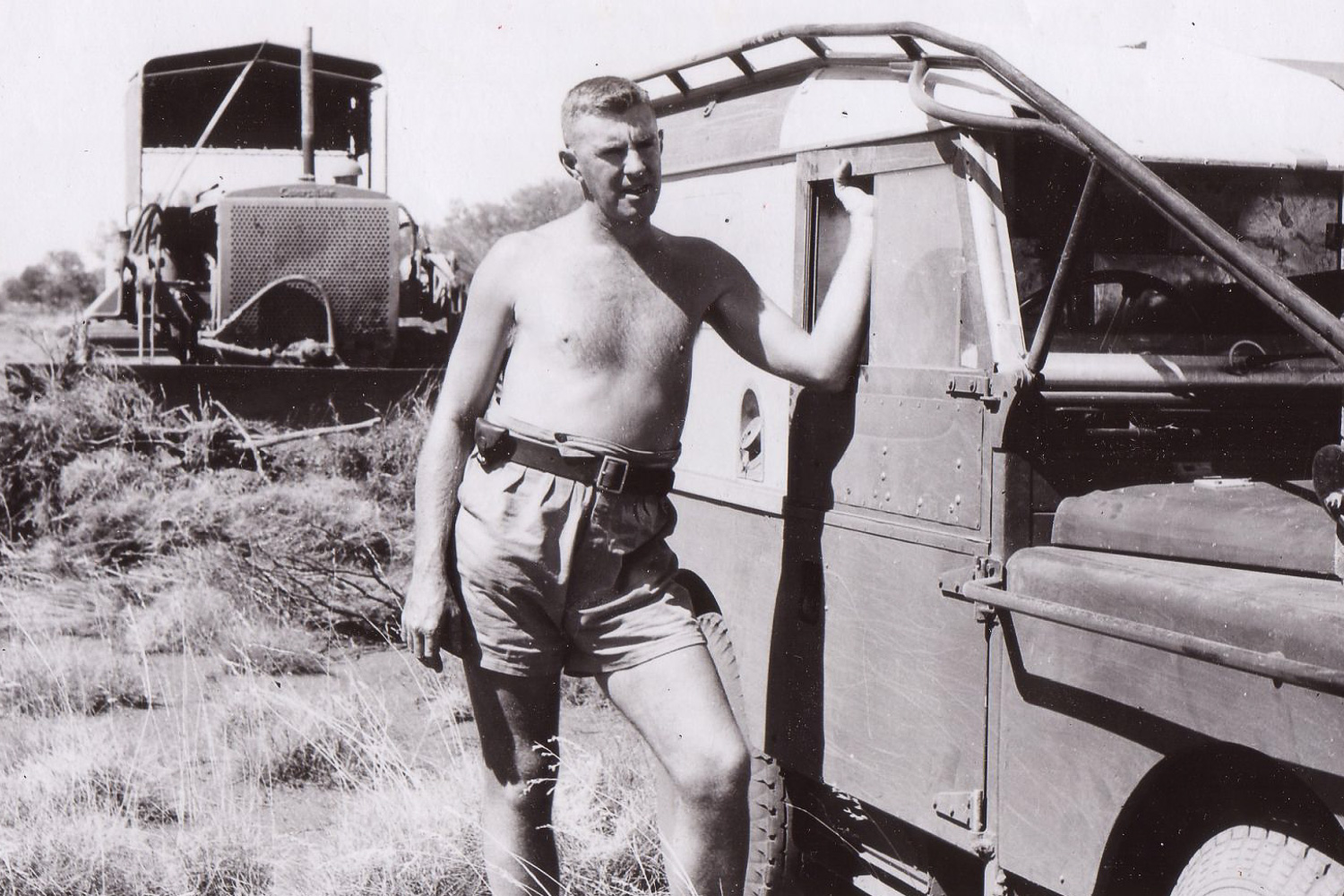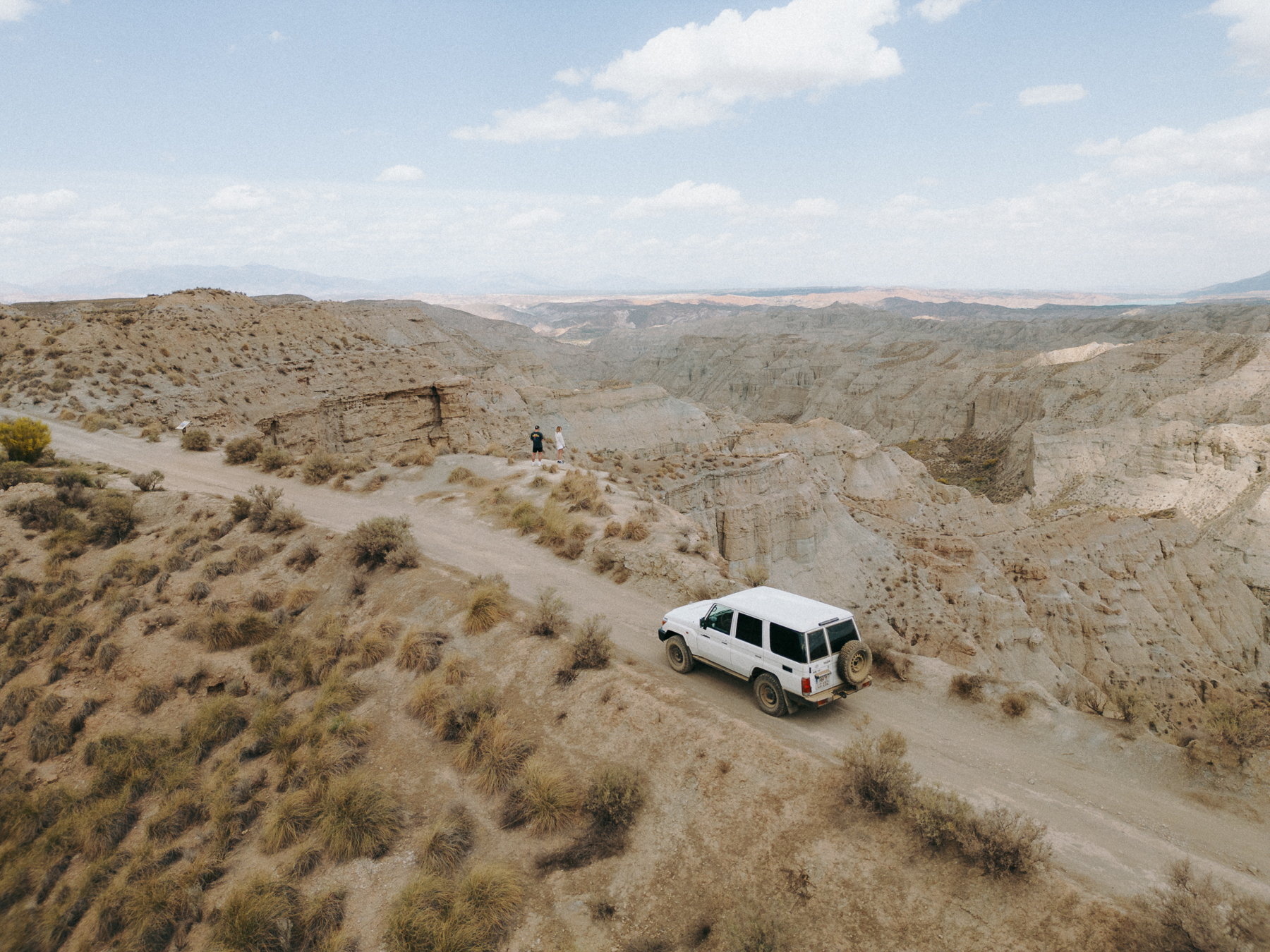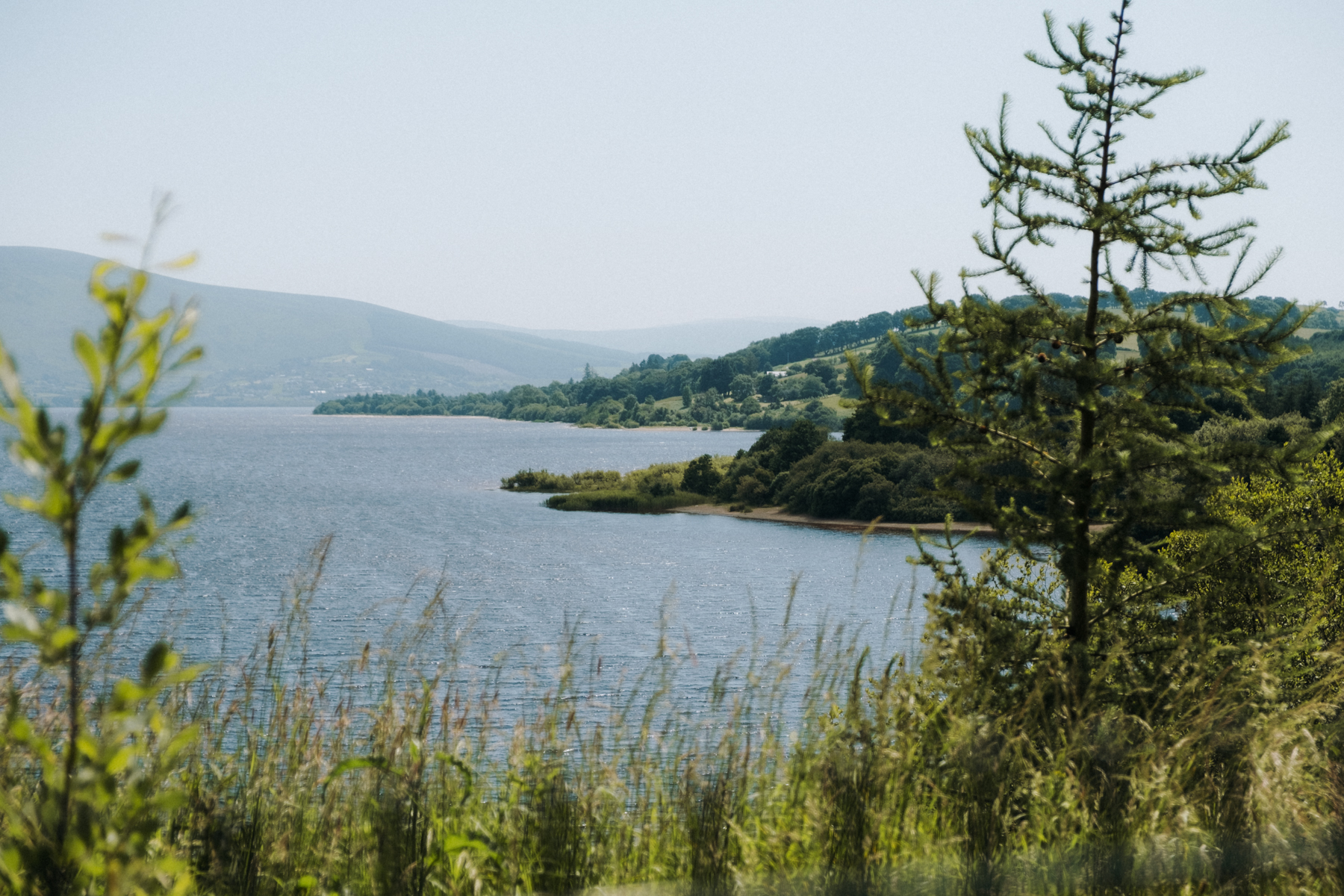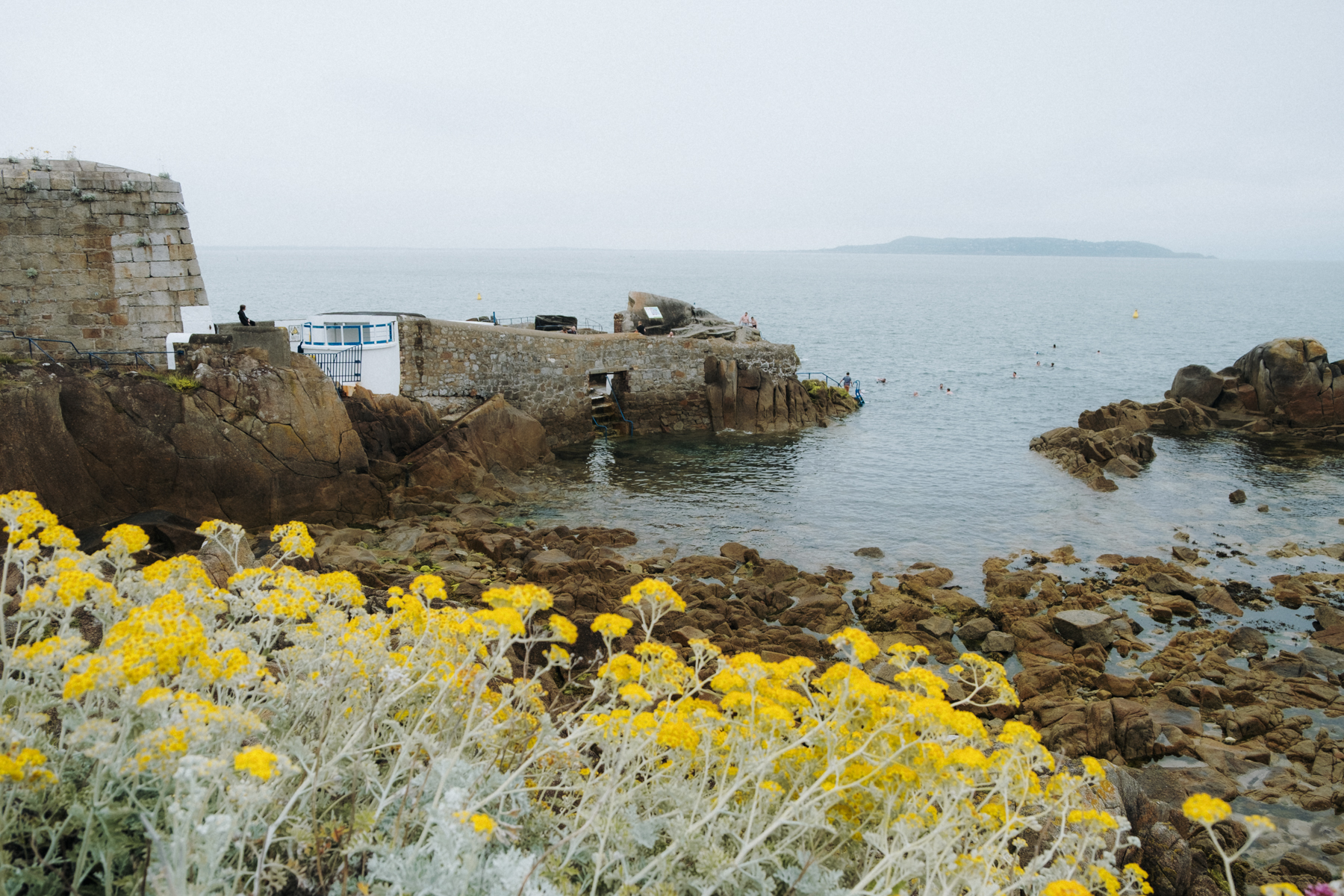Do you find yourself wondering, “What exactly is Overlanding?” It’s a question we often encounter as we navigate the world of social media, where we proudly identify ourselves as “overlanders.” In this blog post, we aim to demystify the terminology associated with this captivating subject.
We don’t usually get our knowledge from Wikipedia. However, we could only find a clear definition of Overlanding there:
Overlanding is an independent overland journey to remote destinations where the journey becomes the destination. Typically, but not exclusively, it is carried out using mechanized off-road capable vehicles (from bicycles to vans) where the main form of living is camping. The journey can last for a long period of time, often several months or years. In most cases, an overlanding trip involves crossing international borders.
What is the origin of the term?
The origins of Overlanding trace back to the early 1900s when Australia laid the groundwork for long-haul routes dedicated to traversing the vast continent. Initially, these routes served as trading paths for drovers transporting livestock to far-flung markets on foot. However, Overlanding evolved over the years and took on a new meaning as an outdoor pursuit, thanks to the pioneering efforts of Leonard “Len” Beadell—a road builder, surveyor, and explorer—during the 1940s.
In contrast to standard off-road tours or camping trips, Overlanding sets itself apart by encompassing extensive journeys to remote destinations with limited documentation and little prior exploration. This captivating pursuit is characterized by self-sufficiency, adventure, survival, and the thrill of discovery. Depending on the location, Overlanding can involve navigating through muddy terrains, gravel paths, snowy landscapes, or even well-paved asphalt roads. Popular destinations for off-roading enthusiasts include South Africa, Australia, the United States, Albania, and Morocco.
However, Overlanding is more than a strict definition or a mere quest to reach isolated regions. It embodies the essence of adventure travel, offering an opportunity to delve into the unknown, immerse oneself in diverse cultures, and foster personal growth along the way. It’s an avenue for self-discovery and an exhilarating way to broaden horizons.

Overlanding vehicles and essential gear
When it comes to converting vehicles into formidable Overlanding machines, the options are plentiful. From versatile SUVs, robust trucks, and versatile crossovers to spacious vans and nimble motorcycles, there’s a wide array of choices to suit every adventurer’s preferences. Regardless of your budget, Overlanding dreams can be realized.
Among the popular models favored by enthusiasts are the Toyota Land Cruiser, Jeep Wrangler, Mitsubishi Pajero, and the iconic Land Rover Defender, each boasting its own unique strengths and capabilities.
Embarking on a journey into unfamiliar terrain necessitates a well-prepared vehicle. However, it’s essential to remember that the vehicle is merely a means to accomplish the ultimate goal. Equally significant is the equipment you carry. Ample supplies of water, a reliable power source, cooking gear for warm meals, a comprehensive toolkit, and an ample stock of groceries are all crucial considerations. The specific selection of equipment varies based on individual needs and depends on the destination and region to which you’re traveling.
The key is to strike a balance between vehicle readiness and the provisions necessary for a successful expedition. By meticulously planning and packing the essentials, you’ll be well-equipped to tackle the challenges that await you on your remarkable Overlanding journey.
So are you an overlander?
Self-sufficiency serves as the cornerstone of Overlanding triumph, and the approach you adopt when facing challenges can make all the difference. It requires a mindset prepared to shift into full survival mode and tackle repairs that arise during the journey. Additionally, one must contend with inhospitable environments, extreme temperatures, and encounters with a diverse array of wildlife. While it may sound daunting, embracing the realities of spending several days without a shower and making do with dwindling food supplies is an integral part of the Overlanding experience.
True Overlanding ventures are characterized by a departure from the comforts of modern conveniences. Being truly immersed in the spirit of exploration means relinquishing the comfort of feeling 100 percent at ease, having constant mobile phone reception, readily available warm showers, nearby shops, and gas stations. In fact, when such amenities are easily accessible, it challenges the essence of what defines Overlanding. This prompts us to question whether it is meaningful to adhere rigidly to a particular definition when only a handful of such untamed locations remain.
Overlanding, in its essence, embodies the pursuit of the raw and unfiltered wilderness, where self-reliance and adaptability are essential. It invites us to break free from the trappings of modern comforts and embrace the true spirit of adventure. While the definition of Overlanding may evolve over time, cherishing and preserving those few remaining untouched frontiers is a vital aspect of this captivating journey.
What's the appeal for travelers who choose Overlanding?
Overlanding is cool because it brings you solitude, potentially broadens your perspective and understanding of the world, and allows you to learn about other cultures. Vehicle-based exploration also helps to forge mental toughness, train survival skills, and connect closely with nature.



